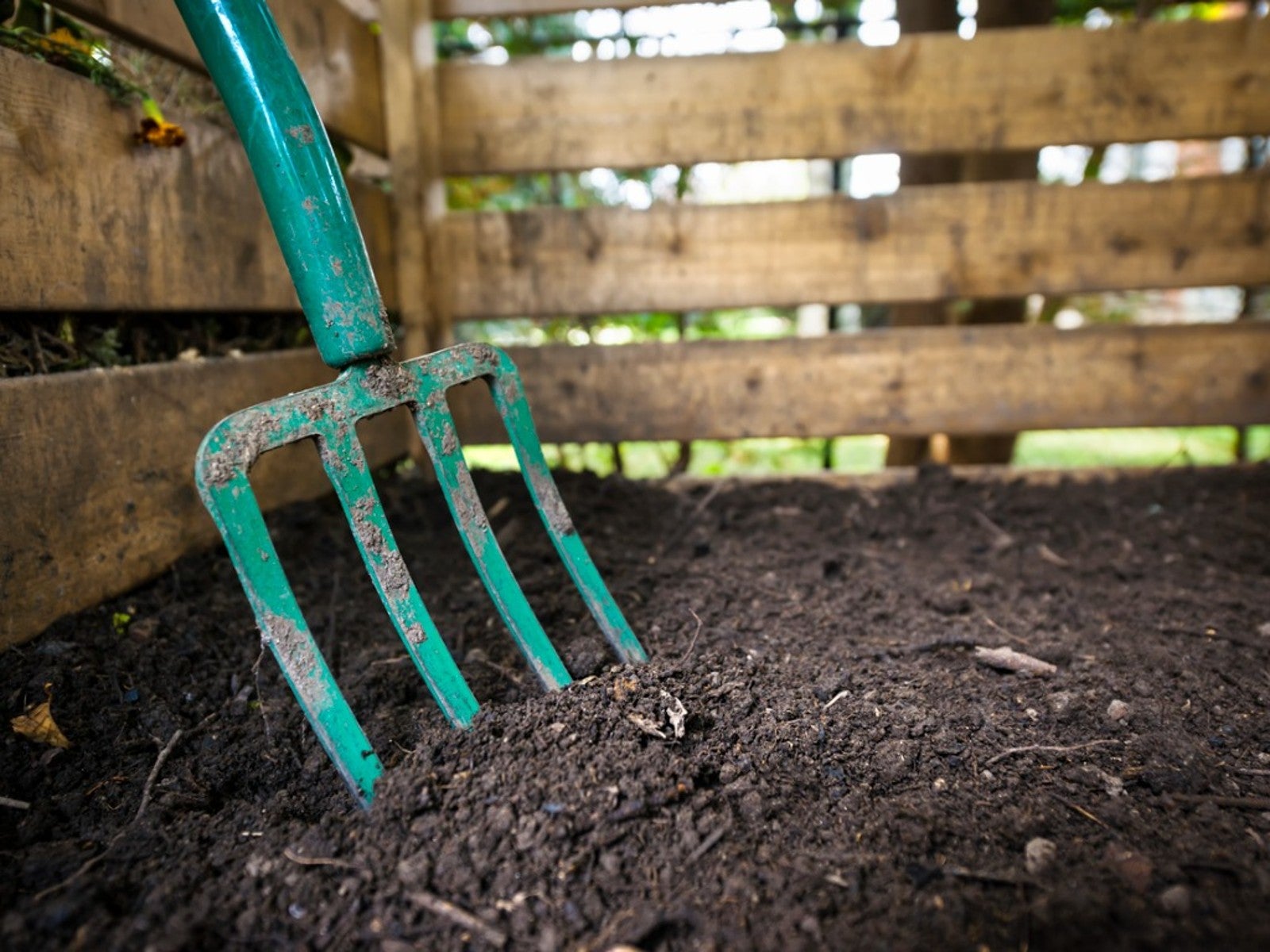When And How To Harvest Compost


Compost is a great garden soil amendment and an effective way to avoid wasting food and other plant material. If you’re new to composting and have yet to pull any out of the bin, here’s everything you need to know about harvesting compost.
How Long Does Compost Take?
This depends on the size of the scraps you put in and the purpose of the compost. Larger scraps naturally take more time to break down. For a top dressing or to mulch a bed, you don’t need uniform compost. For a container or raised bed, it should be uniform and thoroughly composted.
With these varying factors in mind, it can take between a month and a year before your compost pile is ready for harvesting.
What Does Finished Compost Look Like?
The best way to determine when your compost is ready is by observing it and looking for visual and other clues:
- Fully prepared compost is dark and crumbly.
- It smells earthy.
- The pile has reduced in size by about half.
- It’s no longer generating warmth.
- You can no longer see recognizable pieces of food and plant scraps.
How to Empty a Compost Tumbler
Knowing how to empty a compost bin or tumbler is necessary for getting the best material and for your safety. Microorganisms in rotting food can be harmful to your health, so wear a mask when harvesting and wash your hands before doing anything else.
No matter which style of compost container you have, the good stuff is at the bottom. A tumbler is designed to create a complete batch of compost. The catch is that you have to stop adding new material for a few weeks or a month. You can then harvest all the contents of the tumbler and start over.
If you have a standard bin, you’ll need to remove the top layer, take out the bottom material, and put the rest back. The same is true for an open compost pile.
Gardening tips, videos, info and more delivered right to your inbox!
Sign up for the Gardening Know How newsletter today and receive a free copy of our e-book "How to Grow Delicious Tomatoes".
To make harvesting easier, consider getting a specially-designed compost bin with bottom-opening panels. You can open at the bottom, pull out the finished compost and keep adding fresh materials to the top.
Harvesting Worm Compost
Vermicompost is compost made with the assistance of earthworms. Keep them in a warm, moist, and dark bin with bedding, a little soil, and kitchen scraps and you’ll have rich compost in no time.
Worm compost is ready within two to three months. To harvest it, you need to separate it from the worms. Push everything to one side of the bin and put fresh bedding and scraps on the other side. The worms will move to it to feed and leave a pile of worm-free compost.
Fall is the best time to harvest and spread compost just in case it isn’t fully ready yet. This gives it time to mature before spring planting. However, you can harvest, and use, finished compost any time.

Mary Ellen Ellis has been gardening for over 20 years. With degrees in Chemistry and Biology, Mary Ellen's specialties are flowers, native plants, and herbs.
-
 Types Of Tomatoes Explained: Explore The Many Wonderful Shapes, Colors, Flavors, & Best Uses
Types Of Tomatoes Explained: Explore The Many Wonderful Shapes, Colors, Flavors, & Best UsesThe world of tomato varieties is vast and fascinating. Learn about the key types to grow in your garden, tailored to your preferences and space.
By Amy Grant
-
 Try The Trend – Turn Any Bed Into A Keyhole Garden With This Clever In-Ground Composter
Try The Trend – Turn Any Bed Into A Keyhole Garden With This Clever In-Ground ComposterKeyhole gardening is an efficient and sustainable practice that saves space. Get started on this DIY project quickly and easily with an in-ground composter.
By Bonnie L. Grant